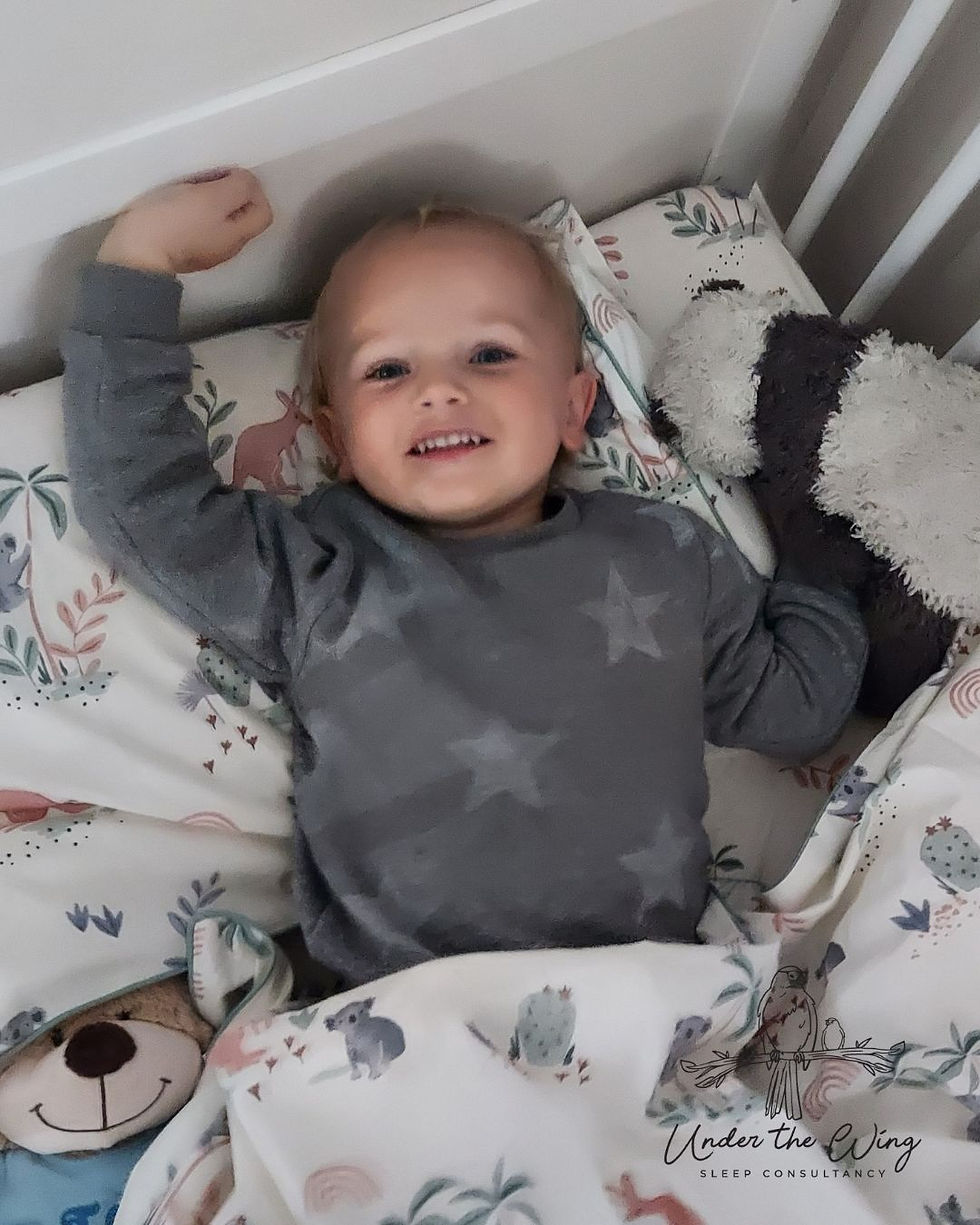Creating an Optimal Sleep Environment
- Hannah Quirke
- Jul 8, 2024
- 1 min read

While a perfectly optimised sleep environment won't guarantee your child sleeps through the night, it can significantly improve their sleep quality. This blog will focus on creating the ideal sleep space for your little one.
Darkness is Key
A dark room is essential for both babies and children. Blackout blinds or curtains can work wonders, especially during the long summer days. Darkness signals bedtime to your child's body and helps in the production of melatonin, the sleep hormone.
Harness the Power of White Noise
White noise (or brown or pink noise) can be a lifesaver when trying to mask external disturbances like traffic, barking dogs, or morning birdsong. Place the white noise close to the noise culprit, such as by a window or outside the bedroom door. Remember, white noise should be consistent throughout the night and used solely to block out noise, not as a sleep aid.
Temperature Matters
Aim for a bedroom temperature between 16-20 degrees Celsius. Safety guidelines emphasise slightly cooler temperatures for babies. Sleeping bags with different tog ratings can help regulate your baby's temperature based on the room's climate.
Cot Safety First
Your baby's cot should have a firm, supportive, waterproof, and breathable mattress. Avoid placing it near radiators or drafty windows. For safety reasons, keep the cot empty – no bumpers, nests, loose blankets, soft toys, or comforters. Once your child turns one, you can introduce a soft toy.
If you have these things in place, you are creating the optimal sleeping space for your child and giving them the best opportunity to have a good quality night’s sleep.







Comments